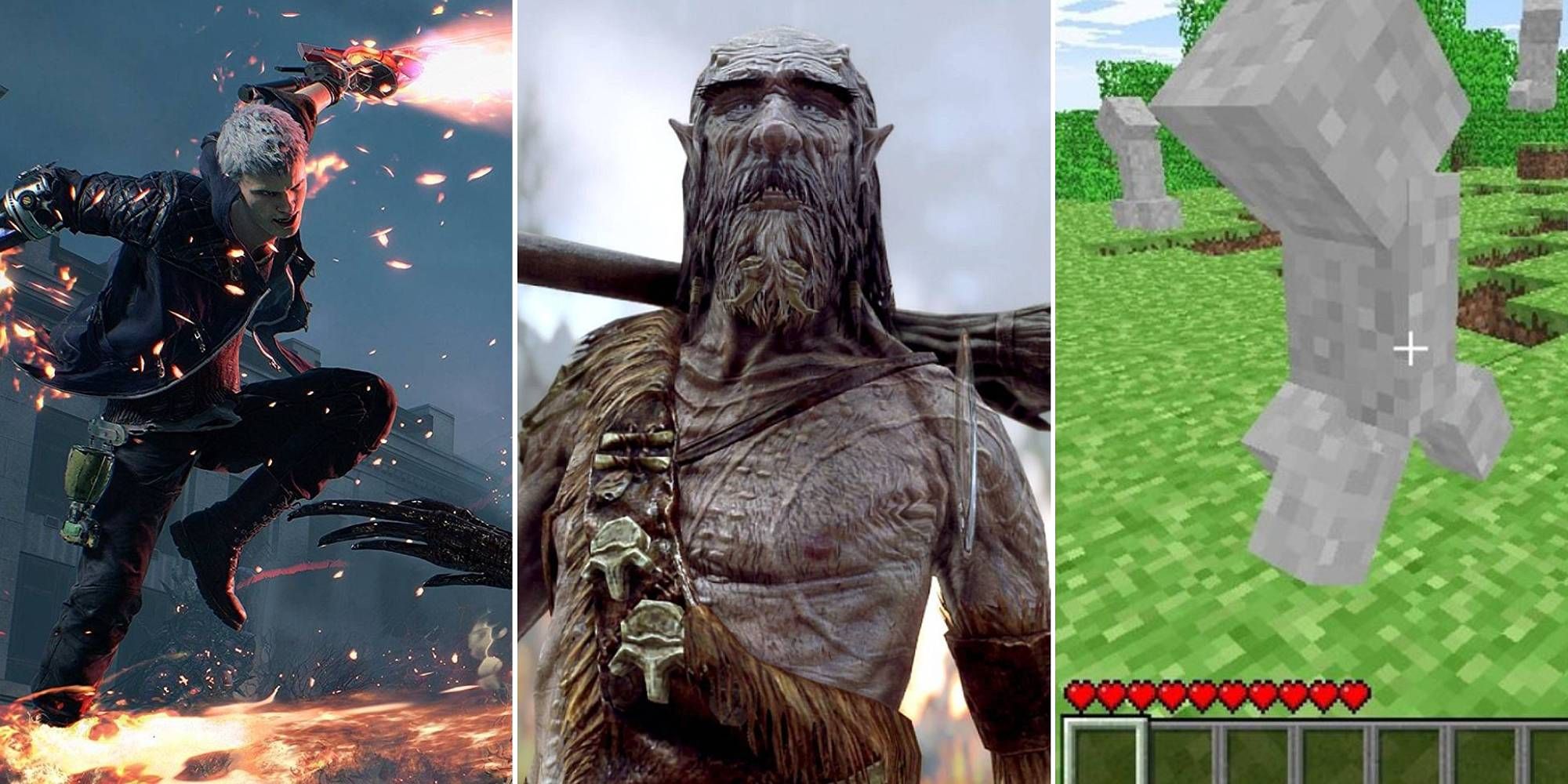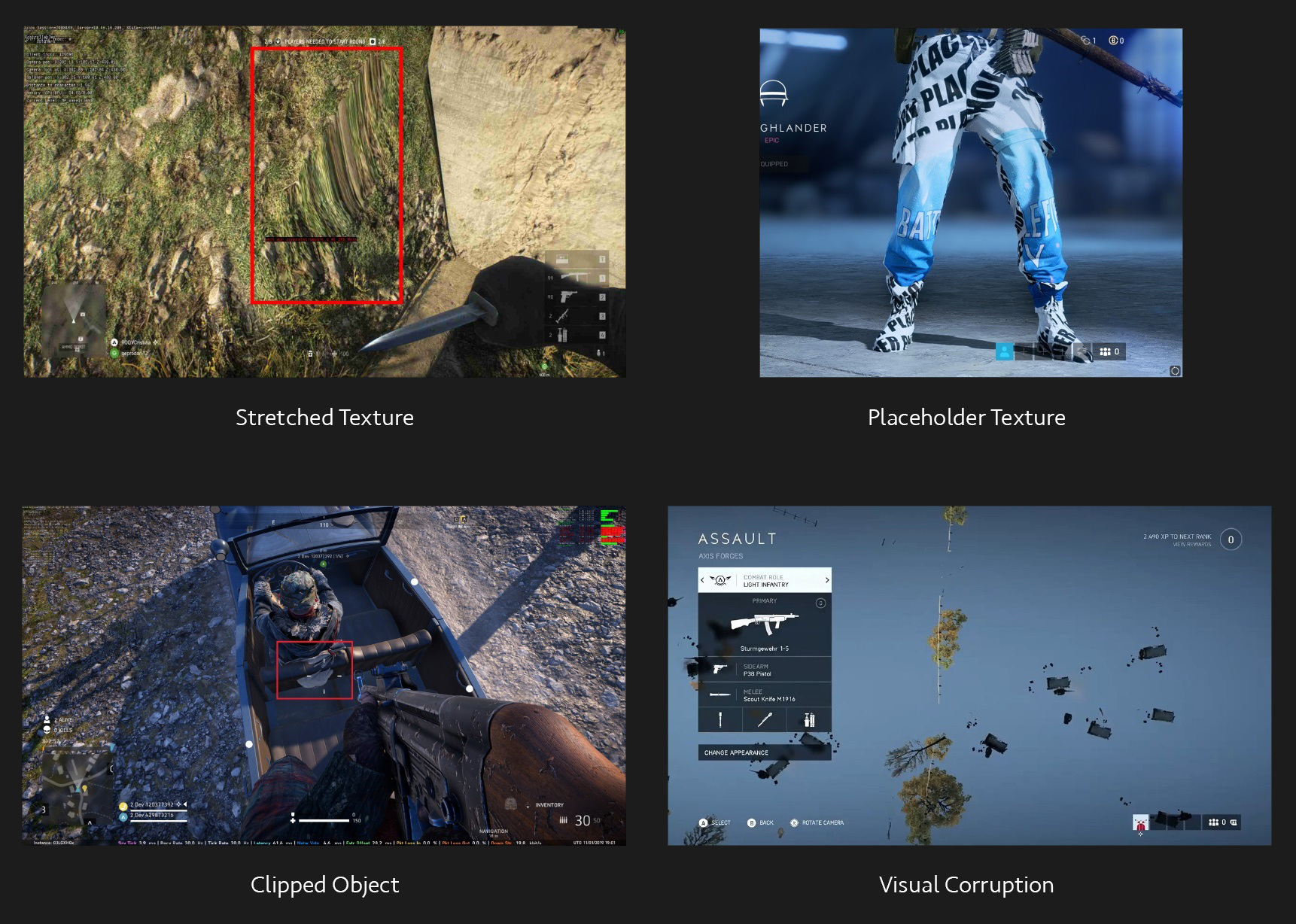In a not-so-distant past, video games containing technical flaws were often considered failures. A graphic glitch, erratic artificial intelligence, or an uncontrolled physics system could significantly harm a game’s reputation. However, there has been a shift in how players relate to these so-called “broken” games. Rather than being rejected, many of these flawed titles have become objects of fascination, sources of memes, and even the focus of cult followings within various communities.
Unintentional classics such as Goat Simulator, Skate 3, and the notorious Big Rigs: Over the Road Racing are examples of titles where bugs were not only tolerated but celebrated. The experience of “breaking the game” became part of the fun — not an obstacle, but an attraction. From this, a new aesthetic emerged: the imperfect game.
The aesthetic of error and humor as language
The digital culture has transformed errors into raw material for humor. With the viral spread of short videos, GIFs, and live streams, bugs have come to be viewed as unintentional comedic moments, generating engagement far beyond the original game’s base audience. Absurd scenes, impossible collisions, characters passing through walls or flying without reason have become valuable content for creators.
This type of glitch comedy has established a direct connection with the audience. Unpredictability creates unique, shareable moments that are often more memorable than the intended experience by developers. Consequently, some studios began intentionally leaving certain bugs or even incorporating them into the final design, as if forming an implicit agreement with the community.
Chaotic Simulators and the Logic of Nonsense
One of the clearest manifestations of this phenomenon is the proliferation of absurd simulators, where the very proposal of the game borders on nonsense. Games such as Surgeon Simulator, I Am Bread, and Untitled Goose Game utilize challenging controls, unpredictable physics, and unconventional objectives as central elements of their gameplay.
These games succeed precisely because they challenge traditional expectations of control and precision. They are not taken seriously by players who are invited to participate in this deconstruction process. The enjoyment often stems from spectacular failure. Frustration transforms into laughter, and technical issues become part of the narrative.
Websites focusing on traditional platforms, such as vbetaposta.com.br, have observed this shift in the gamer audience’s perception. The increasing preference for chaotic, fast-paced, and unpredictable experiences—both in simulators and games with deliberate retro aesthetics—indicates that the new generation of players seeks not just control but also surprise and authenticity, even if it includes flaws.
When the Patch Isn’t Welcome
In recent times, games with technical flaws or “bugs” were once considered failures due to issues like graphic glitches, AI malfunctions, or physics system errors. However, a shift has occurred where these imperfect games have become fascinating and even cult-like within gaming communities. Games such as Goat Simulator, Skate 3, and Big Rigs: Over the Road Racing exemplify this trend, where bugs are tolerated, celebrated, and even sought after for their unpredictability and comedic value. This new aesthetic of embracing errors has led to an evolution in gaming culture, transforming glitches into a source of humor through viral content like memes, short videos, and live streams. Engaging moments derived from absurd scenes, impossible physics, and unexpected character behaviors have become highly shareable and memorable, surpassing developers’ intended experiences in popularity.As a result, some game studios now intentionally leave certain bugs unfixed or incorporate them into their design as a way to connect with the community. This trend is further manifested through “chaotic simulators,” like Surgeon Simulator, I Am Bread, and Untitled Goose Game, which use challenging controls, nonsensical physics, and bizarre objectives as central gameplay elements. Players enjoy these games because they defy traditional expectations of control and precision, turning frustration into laughter and the bug into a narrative device.The evolving preferences of gamers now lean towards chaotic, fast-paced, and unpredictable experiences that prioritize authenticity and surprise, even if it means accepting flaws. Websites focusing on gaming news have also noticed this change in audience perception, indicating a broader shift in the gaming world that values novelty and humor derived from technical errors rather than flawless execution. In some cases, patches fixing bugs are no longer welcomed by players who enjoy the unique charm these imperfections bring to their gaming experiences.
This presents a dilemma for developers: addressing too many issues could result in “cleaning” the game of its unintentional identity. As a consequence, many choose to retain certain flaws or at least make them accessible through mods and older versions. This approach helps preserve the game’s history and spontaneous moments.
The New Frontier of Intentional Failure
As the aesthetic of “the broken” becomes established, a new frontier emerges: that of intentional failure as authorial language. Small independent studios and experimental developers are creating games that deliberately challenge technical conventions. These titles seem perpetually on the verge of collapse, featuring unstable interfaces, repetitive sounds, and “incorrect” visual effects.
This approach incorporates elements of glitch art and post-humanism, merging critical perspectives on the industry with innovative storytelling techniques. When players encounter something that seems “wrong,” they are encouraged to reflect not just on the game itself but also on the expectations that underpin contemporary video games.
Games like Anatomy, Dujanah, or Babbdi operate in this emerging space where imperfection is an integral part of the setting and atmosphere. The flaws are accepted as a fundamental aspect, not seen as defects but as essential elements of the experience.
What was once an error is now charm. “Broken” games have ceased being a source of shame to become a legitimate subgenre, loved and creatively explored. Rather than concealing the flaws, many developers chose to highlight them — and the audience responded with enthusiasm. In the glitch era, the bug has become the new gameplay element.
Have any thoughts?
Share your reaction or leave a quick response — we’d love to hear what you think!




